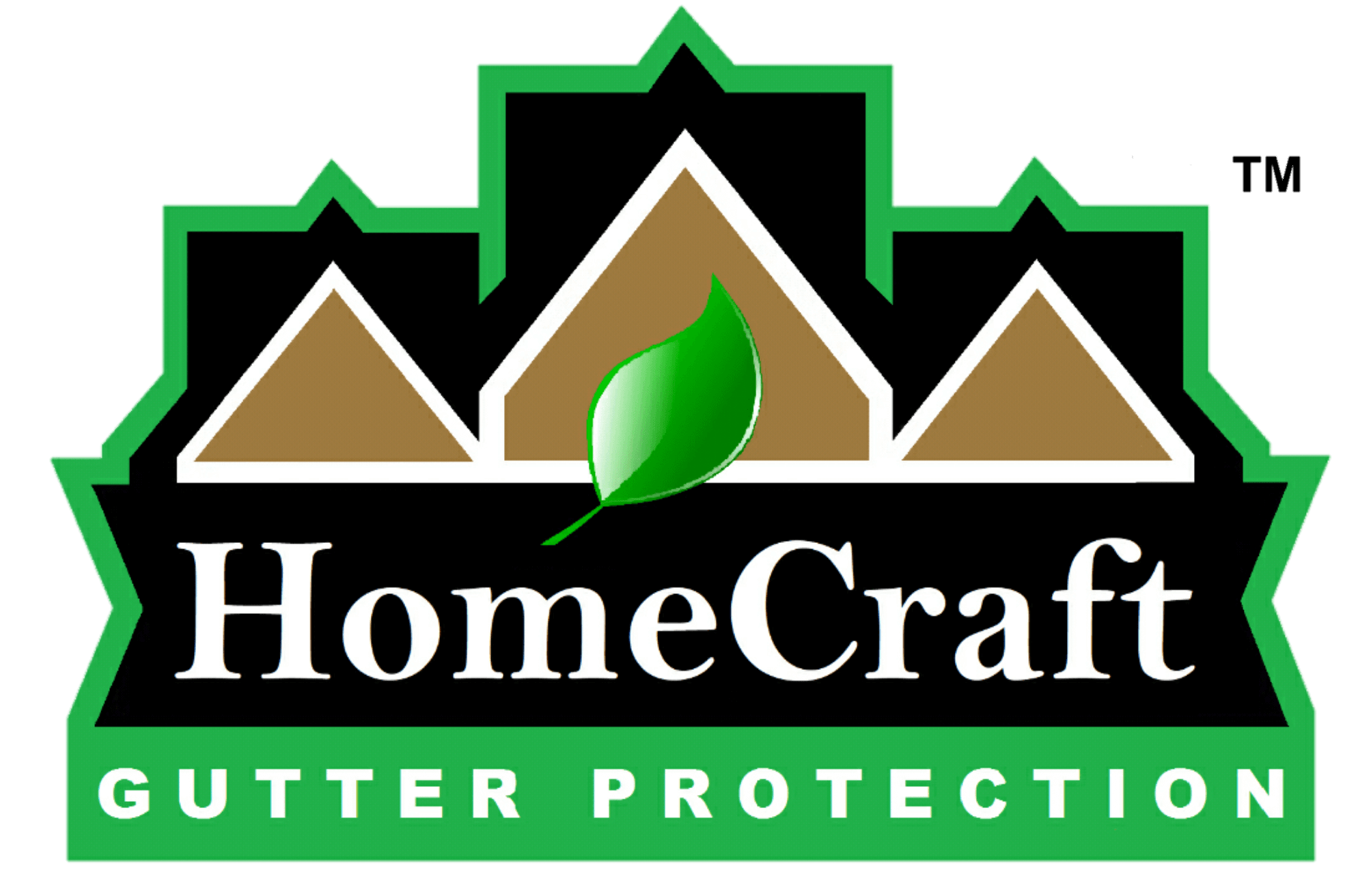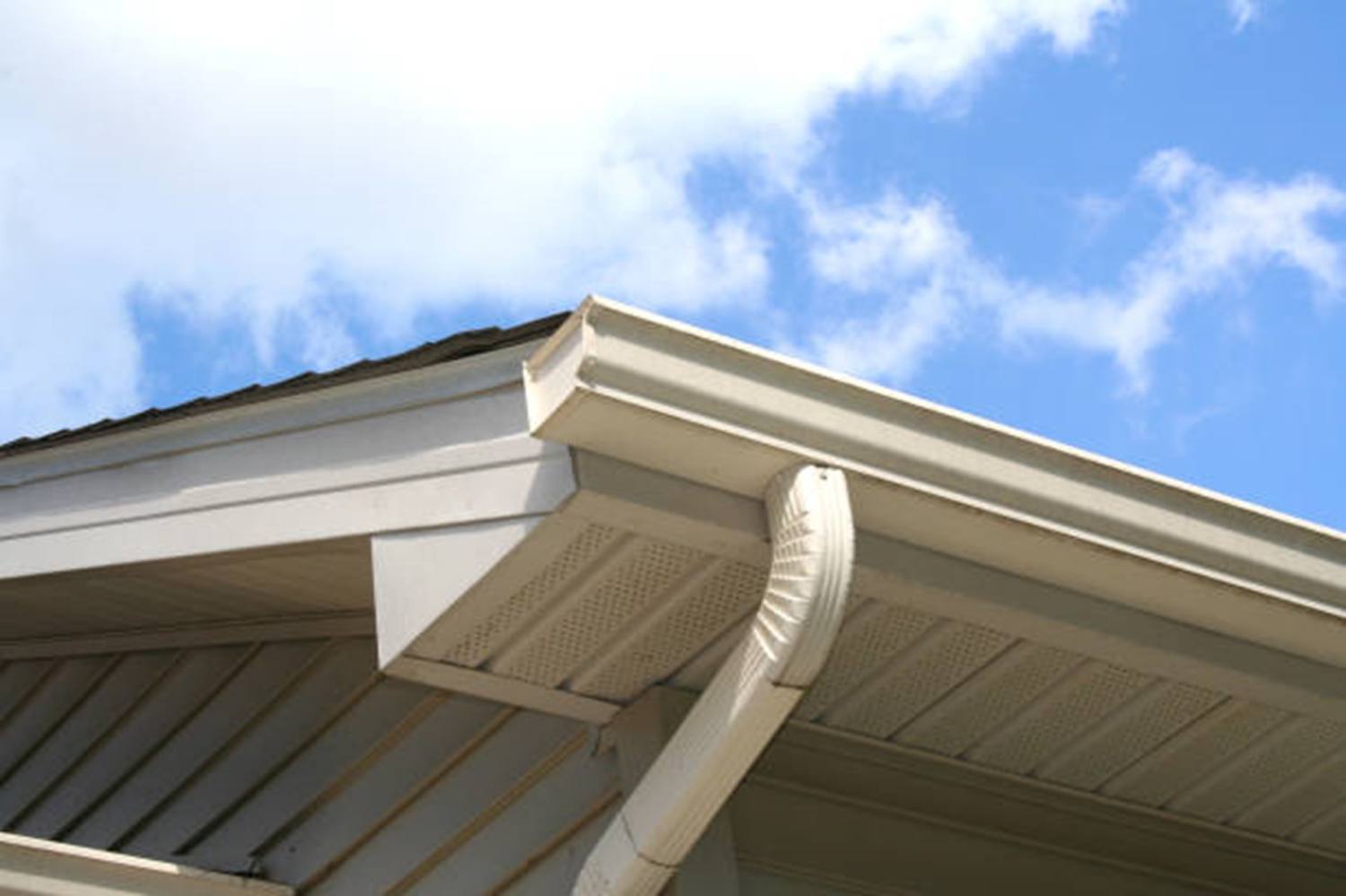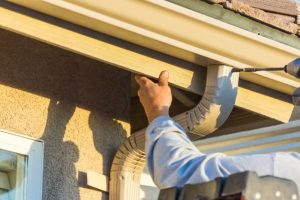Welcome to the world of eavestroughs and gutters! Have you ever wondered what these terms mean and what their purpose is? Don’t worry, you’re not alone. Eavestroughs and gutters are crucial for protecting your home from water damage caused by rainwater and snow thaw runoff.
Although the terms eavestrough and gutter are often used interchangeably, eavestroughs are specifically built at the edge of a roof to direct water runoff. In this article, we’ll discuss the types of eavestroughs and gutters available in the market, the installation process, and cost comparisons between the different materials. So buckle up and get ready to learn about the fascinating world of eavestroughs and gutters.
Definition and Purpose of Eavestrough and Gutter
Have you ever heard someone say “eavestrough” and wondered what they were talking about? Well, fear not, for I am here to explain the fascinating world of eavestroughs and gutters.
First off, let’s clear up some confusion. An eavestrough is a rain gutter system for your home attached to the eaves of your roof. The purpose of this system is to collect rainwater and snow thaw runoff around the perimeter of your roof and direct it to downspouts or downpipes, which then channel the water away from your home and into a drainage system.
Now, you might think, “But wait, isn’t a gutter the same as an eavestrough?” Well, yes and no. While the two terms are often used interchangeably, a gutter is a more general term that could refer to any place where runoff is stored or directed. On the other hand, an eavestrough specifically refers to a type of gutter built at the edge of a roof for directing water.
So why do some people say eavestroughs and others say gutters? It could come down to regional differences. In some parts of the world, people say eavestroughs, while gutters are the norm in other regions. But regardless of what you call them, the purpose of these systems remains the same: to protect your home from water damage by channeling runoff away from your roof and foundation.
Types of Eavestroughs and Gutters Available in the Market
The market has eavestroughs and gutters made from different materials and styles. You can find everything from vinyl gutters that are easy to install and budget-friendly to copper gutters that are expensive but durable and have a beautiful shine. Some gutters, like box-style gutters, are oversized and designed for industrial buildings but can be used on residential homes to give them an industrial aesthetic. K-style gutters are the most common type of gutter because they have a decorative look that resembles crown molding, while half-round gutters are popular in homes built before 1960 and have a more traditional look.
Fascia gutters provide a seamless, contemporary look but are custom-built and require professional installation. Galvanized steel gutters are more durable than aluminum and are best for areas with heavy rainfall, but they require professional installation and maintenance to prevent rust. Wood gutters provide a natural aesthetic to a home’s exterior but are costly and require proper maintenance.
It’s important to remember the type of gutter maintenance offered in two ways: seamless and sectional. Most materials come in sections fastened together, but aluminum comes in one long strip. While sectional gutters are easier to install, seamless gutters offer a sleeker look and are less prone to leaks and clogs.
In short, whether you’re looking for something budget-friendly, durable, or aesthetically pleasing, there’s a gutter option out there for you. Just be sure to research and choose the right one for your home and environment.
Installation Process for Eavestrough and Gutters
Are you tired of the same old boring gutter installation process? Well, get ready for a wild ride because this installation will be the town’s talk. While the idea of gutter replacement may seem daunting, the process can be straightforward and stress-free with the help of a reliable roofing professional.
The first step in the gutter installation process is removing the old gutters. A skilled contractor will take care to minimize damage to your home’s eaves during this process. If any damage is found behind the old gutters, such as rotted boards or unusable fascia, they will need to be replaced before the new gutter system can be installed.
Next, your roofing professional will take precise measurements and prepare all the necessary materials for your new gutters. This includes downspout outlets, corner pieces, and any necessary cuts for the downspouts. With the preparation work complete, the crew can move on to the actual gutter installation.
During the installation process, special screws will be used to securely affix the gutters to your home’s fascia boards. Downspouts and elbows will also be installed to carry precipitation away from your home and prevent foundation damage or basement flooding.
Finally, cleanup is the last step of the process. The crew will work hard to ensure your property is left in pristine condition, removing any leftover gutter pieces and using a magnet to pick up any dropped screws or metal pieces.
Cost Comparison Between Eavestroughs and Gutters
When it comes to gutters and eavestroughs, many factors can affect the installation cost. If you want to save money, vinyl gutters are the cheapest option, but you may need to replace them sooner than other materials. Copper gutters are of higher quality and add class to your home but they are also more expensive.
The cost of materials for gutters and eavestroughs depends on the size and layout of your house. The more material you need, the more it will cost. The design and shape of your eavestroughs will also affect the price of the material and installation.
The size and design of your house are other factors that can affect the installation cost. If you have a larger or multi-story house, installing gutters and eavestroughs will be more expensive.
You may also need to work on your existing soffit and fascia if you need new gutters. Mold, mildew, and wood rot are common issues that must be addressed before installing new gutters.
The labor cost for installing new gutters will depend on whether you hire a one-person show or a company with multiple installers. The cost may also be based on the project rather than hourly.
Warranties are important to consider when installing new gutters. Ensure you know the installer’s warranty and the manufacturer’s warranty on the materials. Consider an extended warranty.
Eventually, there are several extras to consider when installing new gutters, such as drainage design, removal and disposal of old gutters, gutter guards, downspout screens, and heat tape. Each of these extras can add to the overall cost of installation. Overall, it’s important to research and consider these factors when comparing the cost of eavestroughs and gutters.
Maintenance Requirements for Eavestroughs and Gutters
Eavestroughs and gutters are crucial components of any roofing system. They channel water away from the roof and protect the house from water damage. However, for eavestroughs and gutters to work effectively, they require maintenance. Neglecting gutter maintenance can damage your home’s foundation, exterior walls, and roof.
Safety should always be a priority when working on your gutters. Before climbing a tall enough ladder, you must have heavy work gloves, non-slip shoes, and safety goggles. Also, ensure the ladder is on an even surface and your hips are between the rails while working on the ladder.
Gutters should be inspected regularly, at least twice a year, to detect any damage, bottlenecks, or debris that could cause damage. Small holes or cracks can be sealed with the appropriate sealant. Gutters that have separated from the fascia must be re-attached with deeply inserted screws, while dislodged sections of PVC gutters can be easily reconnected.
Regular cleaning of gutters will increase their lifespan, especially during autumn and spring. Remove debris with gloved hands and a plastic shovel, then use a garden hose with a spray nozzle to clean the remaining dirt and debris. If water isn’t draining, insert your garden hose into the spout and use the plumber’s snake tool to dislodge the blockage.
Clear your roof of debris, especially before the rainy season, to prevent gutters from clogging. After cleaning your gutters, inspect them for signs of rust, leaks, and holes. Patch holes with metal flashing or a gutter patching kit and seal any small leaks. By following these guidelines, you can extend the life of your gutters and avoid costly repairs.
How Eavestroughs and Gutters Protect Homes From Water Damage
Eavestroughs and gutters are vital in protecting your home from water damage. Without them, your home would be susceptible to various issues, including damage to your roof, foundation, siding, and landscaping. In Northwest regions with high average rainfall, gutters are particularly important to control water runoff and direct it safely away from your home.
Gutters protect the fascia and roof deck from water penetration, which can lead to rot and leaking. They also prevent overflow and protect the siding of your home from water damage, which is a leading cause of homeowner insurance claims. In addition, gutters guide water away from your home’s foundation to prevent soil erosion, shifting foundations, and potential cracks that allow water and pests into the home.
But gutters also help to protect your landscape from water stress, which is responsible for 80% of plant death and other major landscaping issues. By keeping excess water away from your landscaping, gutters prevent erosion and ponding, which can lead to fungus growth and damage to plant foliage.
Pros and Cons of Eavestroughs and Gutters
Eavestroughs, also known as gutters, are essential to any home’s drainage system. They provide a reliable solution to channel rainwater away from your roof and foundation, which can lead to structural damage and costly repairs. However, like any other home feature, eavestroughs have advantages and disadvantages.
Pros
One of the primary advantages of eavestroughs is that they prevent standing water on your roof, which can cause leaks and damage to your home’s foundation. They also help protect your landscaping and prevent soil erosion by directing rainwater away from your home’s foundation. Additionally, they are available in various materials, including aluminum, steel, and copper, making them durable and long-lasting.
Cons
On the other hand, eavestroughs require regular maintenance to function effectively. Debris, such as leaves, twigs, and branches, can accumulate in the gutters, causing clogs and preventing water flow. This can lead to water damage and mold growth in your home. In some areas with low annual rainfall, eavestroughs may not be necessary, and installation can be costly. Poorly installed eavestroughs can also lead to water damage, staining, and mold growth on your roof.
To keep your eavestroughs in good condition, it’s important to clear them out regularly, especially after storms. Installing gutter guards can also help keep debris from accumulating, making it easier to maintain your eavestroughs.
Frequently Asked Questions
Can I install eavestroughs or gutters myself?
While it is technically possible to install eavestroughs or gutters yourself, it’s not recommended. The installation process requires specific tools, knowledge, and experience, and mistakes can lead to water damage to your home’s foundation or roof. It’s best to hire a professional to guarantee a proper installation and ensure your system works as intended.
Do I need to clean my eavestroughs or gutters regularly?
Yes, cleaning your eavestroughs or gutters regularly is crucial to avoid clogging and potential water damage. Debris, such as leaves, twigs, and dirt, can accumulate in your gutters, preventing the water from flowing correctly. You can clean your gutters yourself or hire a professional gutter cleaning service to do it for you.
How long do eavestroughs or gutters last?
The lifespan of eavestroughs or gutters depends on various factors, such as the material, quality, and climate. Vinyl gutters, for example, last around 20 years, while copper gutters can last over 50 years. Regular maintenance and cleaning can also prolong the lifespan of your gutters.
Can eavestroughs or gutters add value to my home?
A well-maintained and functioning gutter system can add value to your home. Proper eavestroughs or gutters can prevent water damage to your foundation, roof, and walls, leading to costly repairs. Moreover, having an attractive gutter system that blends in with your home’s aesthetic can enhance your home’s overall curb appeal.




